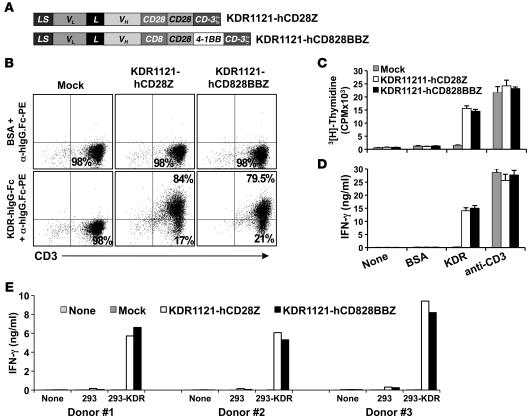Figure 8. Construction and characterization of retroviral vectors encoding a CAR targeted against human VEGFR-2.
(A) KDR1121, a ScFv comprising the VL and VH of fully human IgG specific to human KDR antigen, fused by a 218-linker sequence (L). CD28, 4-1BB, and CD3-z intracellular T cell signaling domains derived from human CD28, TNFRSF9, and CD3 genes, respectively. LS, mouse immunoglobulin κ chain leader sequence; CD8, hinge and transmembrane regions from human CD8α. (B) Representative FACS data from 3 different donors transduced similarly with KDR1121-CD828Z or KDR1121-hCD28BBZ CAR-encoding retroviral vectors, showing the percentage of CD3+ T cells expressing KDR-CAR in the top right quadrants and the percentage of CD3+ T cells negative for KDR-CAR expression in the bottom right quadrants. (C and D) Primary human T cells were transduced with the indicated retroviral vectors. Seven days later, cells were cultured on antigen-coated 96-well microtiter plates for 3 days. (C) Cell proliferation was measured as [3H]thymidine incorporation during the last 16 hours. (D) Culture supernatants were assayed for IFN-γ by ELISA. Results are presented as the mean ± SEM of triplicates. (E) Primary human T cells from 3 different donors were mock transduced or transduced with KDR1121-hCD828BBZ CAR-expressing retroviral vector and, 8 days later, cocultured with the indicated cell lines for 24 hours. Culture supernatants were assayed for IFN-γ by ELISA.

